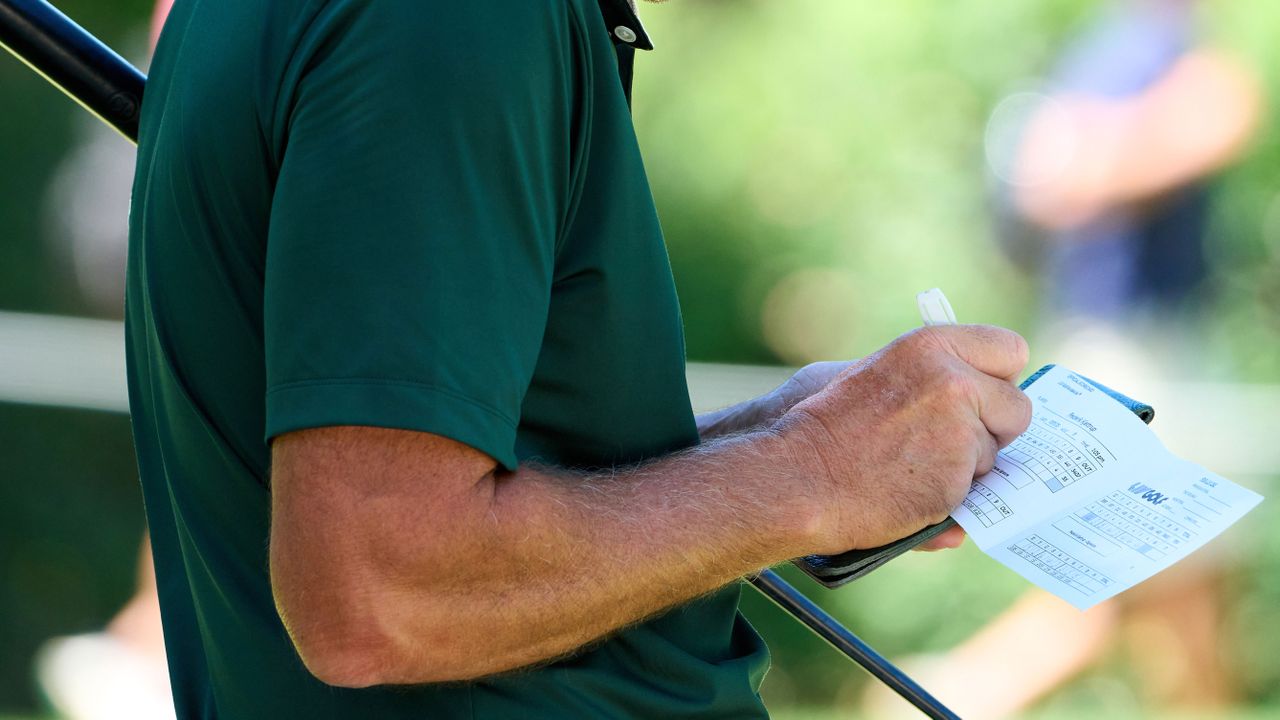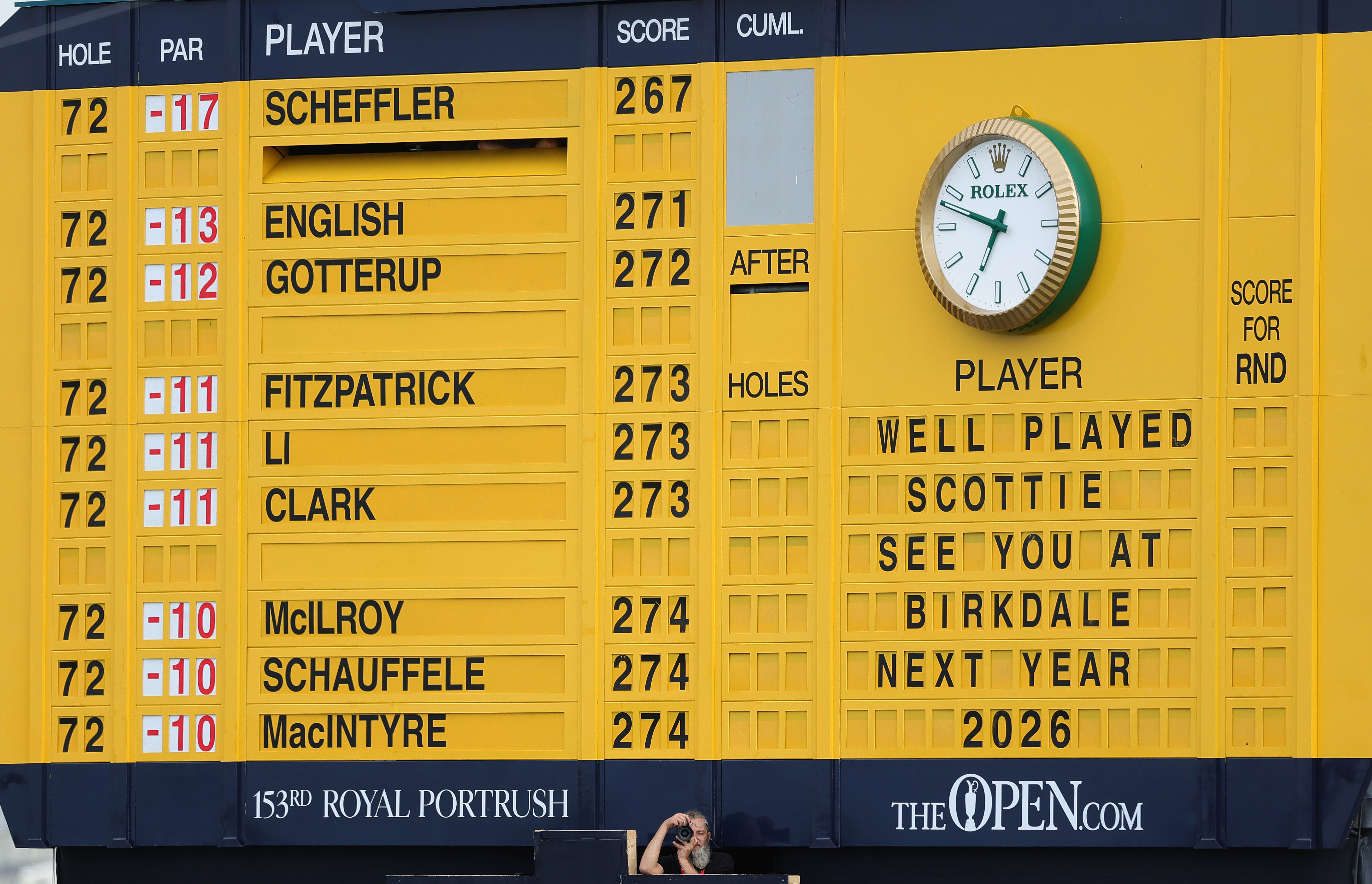
There are lots of different formats in golf that players can enjoy, but strokeplay, or stroke play, is one of the most common, the concept being to go around the course in as few strokes as possible.
It's a very simple format, where every shot is added up over the course of a round (usually 18 holes in club competitions) and compared against total scores recorded by other players to determine a winner.
In regular, individual stroke play, players are required to hole out on every hole - so there is no picking up as you might do in a Stableford competition when you can no longer score a point.
Most professional golf tournaments on the major tours around the world are strokeplay events, although there are a few exceptions, two of which are the Ryder Cup and Solheim Cup.
Whereas most club competitions at amateur level are played over 18 holes (sometimes 36), the majority of tournaments at a professional level are played over four rounds (72 holes).
Regular PGA, LPGA and DP World Tour events, for example, are strokeplay tournaments, where every shot is recorded over the course of four rounds.
LIV Golf tournaments are slightly different, with the field playing 54 holes of strokeplay golf over three days.

The winner in strokeplay is the player with the lowest total score, although there are also handicap strokeplay tournaments.
In these competitions, players subtract their handicap from their gross score to produce a nett score.
There is also another form of strokeplay called maximum score, which is where the Committee sets the maximum score for each hole.
In this version of strokeplay, a player can pick up before or after they reach that score and the maximum score becomes their score for the hole.







